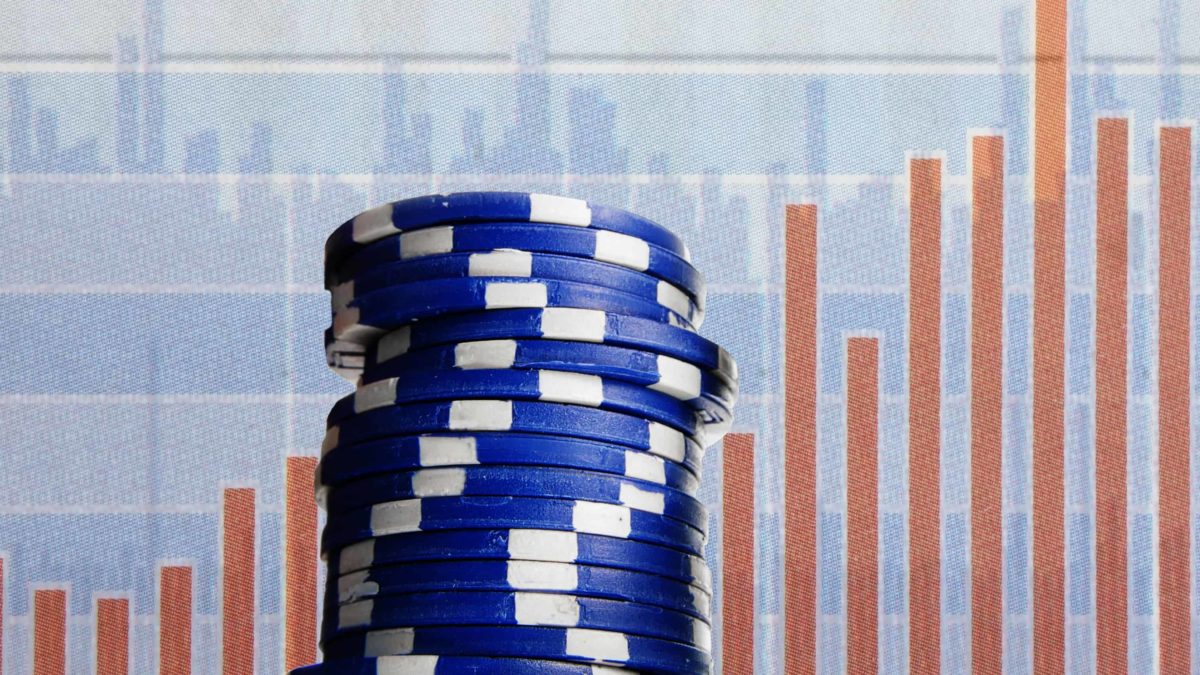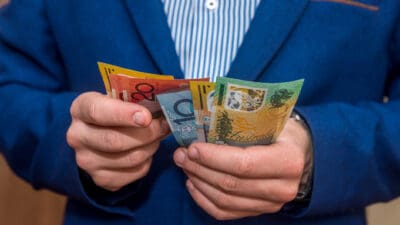ASX investors love a good dividend, that much is certain. With Australia's unique system of franking credits now entrenched, the benefits of owning dividend paying shares are well known. That might be why some of the most popular ASX shares in the average investors' portfolio are big, dividend paying blue chips like the ASX banks, BHP Group Ltd (ASX: BHP), Telstra Corporation Ltd (ASX: TLS) and Woolworths Group Ltd (ASX: WOW).
Dividends are returning to the ASX
As most ASX investors would know, 2020 was an absolutely disastrous year for ASX dividends. Last year saw the ASX banks slash their payouts by more than 50%, with Westpac Banking Corp (ASX: WBC) failing to pay a bi-annual dividend for the first time in decades.
But 2021 has seen dividends return, and dramatically so. We're only half way through the calendar year, but already there are strong signs that ASX 200 dividends are returning to levels ASX investors were used to. But alongside the prospect of increasing dividends, another form of capital return has been growing in discussion, that of share buybacks. Telstra's recent sale of half of its mobile towers business is one such example. In its market announcement detailing this sale, Telstra CEO Andy Penn said the following:
We then expect to return 50 per cent of net proceeds to shareholders. We anticipate providing further details about the manner in which we will return those proceeds, including a potential share buy-back in FY22, at our full-year results in August.
Buybacks as well?
Further, we also recently discussed the prospects of share buybacks for the ASX banks. The banks' boards are also considering returning excess capital to shareholders. They might do this with a combination of dividends and buybacks. But, with all of this 'floating' going on, investors in these companies might be wondering: which is preferable? Well, that's a good question.
We probably all know how a dividend works, but here's a quick refresher. A dividend is a cash payment made by a company to its shareholders. As we touched on before, many ASX shares' dividends also come with franking credits. These credits further enhance shareholder returns by essentially attaching a tax deduction to the dividends, which investors can use to offset other taxable income. Or else claim as a cash refund. For most people, dividend income is assessed as normal income on your tax return.
A share buyback works in a completely different way though. Instead of sending cash out the door as a dividend, a company instead uses the cash to 'buy back' its own shares on the share market. This obviously reduces the number of shares in circulation, which gives existing shareholders increased ownership of the company. All other things being equal, this buyback will increase the earnings per share (EPS) of the company, seeing as earnings (and potential dividends) are divided between fewer shares.
As such, a share buyback will normally result in a proportionate increase in the price of each share (under the laws of supply and demand, less supply means higher prices). As such, a share buyback also benefits existing shareholders.
But which is better?
But share buybacks have a distinct advantage here. They increase the wealth (at least on paper) of existing investors, without increasing said investors' tax liability. The same can't be said of a dividend. It's for this reason that the legendary investor Warren Buffett has always preferred to give his investors a share buyback rather than a dividend. Indeed, Berkshire Hathaway Inc. (NYSE: BRK.A)(NYSE: BRK.B) hasn't even paid a dividend since the 1960s. But then again, some investors would be happier with cash in their pocket.
So long story short, when it comes to dividends and buybacks, the investor wins either way. These two mechanisms just take different roads to get there.









